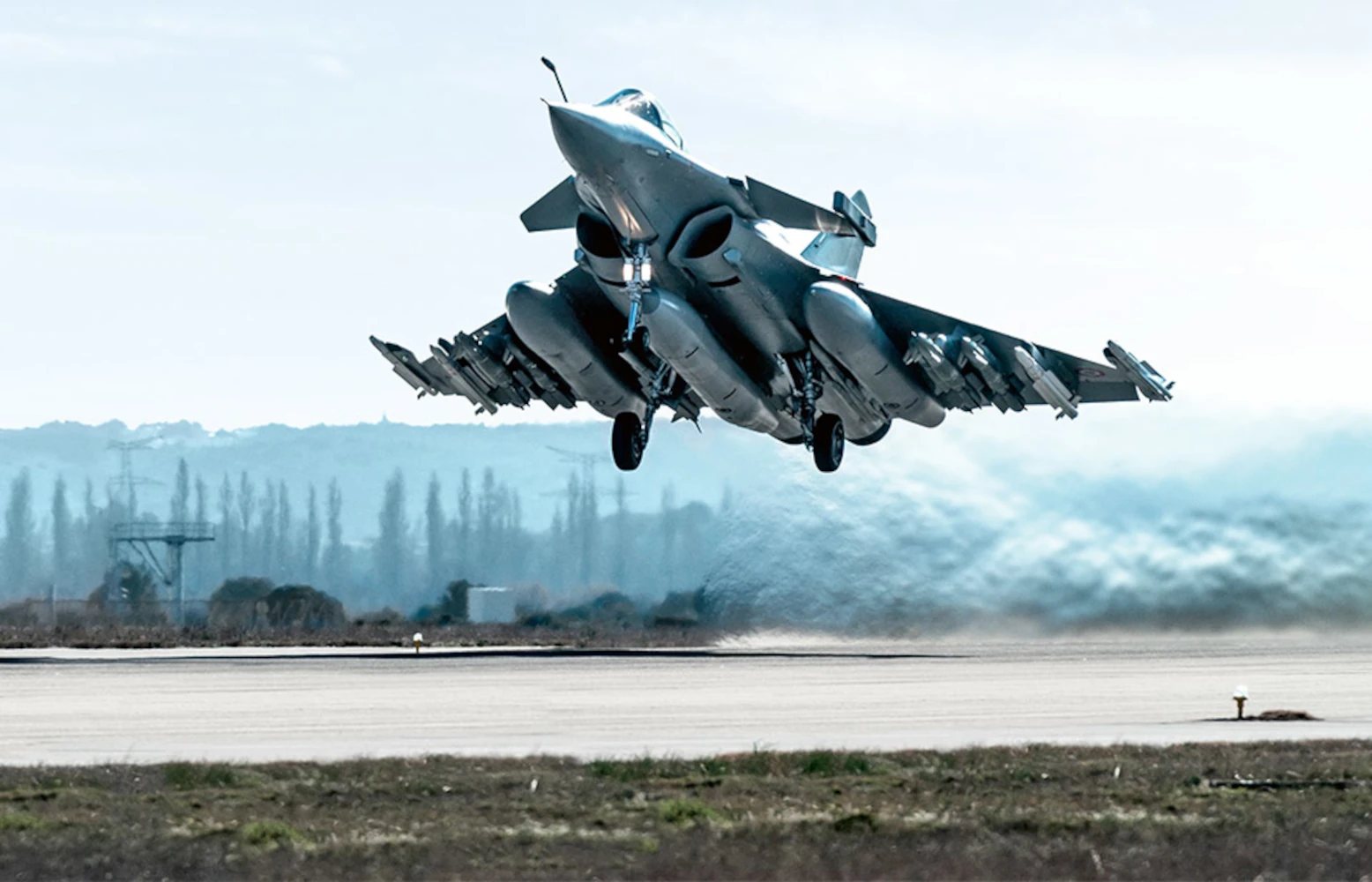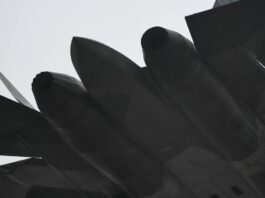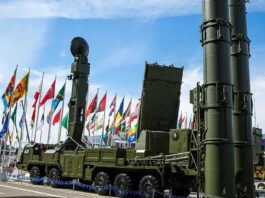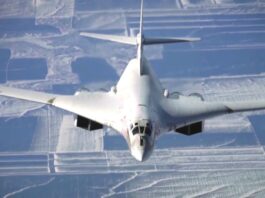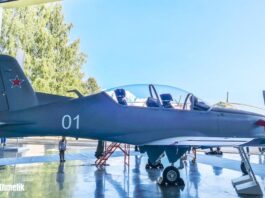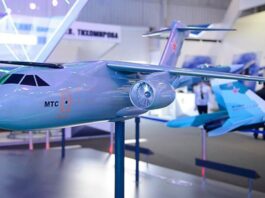General Stéphane Mille, Chief of Staff of the Armée de l’air et de l’espace [CEMAAE], testified on Rafale Aircraft shortages in the armed forces during his hearing in the Senate on the occasion of the end-of-year budget discussions, the report for which was just issued – two months later.
CEMAAE forecasted that the number of active fighter aircraft would drop to a low point as a consequence of the retirement of the Mirage 2000C from active duty and the export of 24 Rafales.
Thus, in 2023, “the activity of fighter pilots should be reduced to 150 hours per pilot” [the NATO standard is 180 hours, Ed.], validating the projections that were presented in the budget documents. “This is sustainable as long as it only lasts a year. However, activity should pick up again thanks in part to the replenishment of the Rafale fleet with the resumption of deliveries for the AAE,” said General Mille. As a reminder, 13 Rafale F3R will be delivered in 2023, and 42 more are planned to be ordered.
The proposed 43.9 billion euro French defence budget for 2023 will include an order for 42 multirole combat aircraft from Dassault Aviation and its partners. This is tranche 5 (30 future F4 aircraft), to which 12 replacement Rafales have been added. All deliveries are anticipated between 2027 and 2030.
“2023, therefore, be a very complicated low point for the Air and Space Force”, especially considering the fact that operational obligations will continue to be considerable. Because of this, one solution being considered is to engage in some form of simulation.
“For lack of a sufficient number of Rafale, pilots on [Mirage, Ed.] 2000 C could not switch to Rafale. This is manageable in a short time, given the progress made in simulation,” CEMAAE pointed out. “At Mont-de-Marsan [airbase, Ed.], we carry out massive simulation experiments in networks or even insert simulated aspects into real missions. This will allow us to pass the difficult deadlines of 2023 and 2024”, he said.
Only 20% of the aircraft have an AESA radar
In addition to opening up possibilities such as interoperability, the sale of these 24 pre-owned Rafales to Greece and Croatia will also allow the AEE to complete the provision of the needed number of active antenna radars (AESA). “20% of aircraft are now equipped with AESA radars. We will have deliveries in 2023, with the aim of increasing to 50% by the end of 2023. This is one of the benefits of our Rafale exports. We have indeed invested part of the revenue from these exports on AESA radars,” explained General Mille.
185 Rafales are bare minimum
The goal of supplying the Air Force with 185 Rafale combat aircraft by 2030 is “a bare minimum” for accomplishing its objectives in an increasingly contested airspace, said General Mille in February 2023 while speaking to the media.
“The airspace is increasingly contested, not so far from our territory and our pre-positioned forces,” General Stéphane Mille told a few journalists.
“A hundred fighter planes have been shot down or destroyed over the past decade, including a significant part on the periphery of Europe”, in Syria, Libya, Donbas or even Yemen, he noted. In addition, access denial systems, such as the Russian S400 air defence systems, have multiplied in the European neighbourhood, restricting freedom of manoeuvre.
The pilot urged adherence to the goals outlined in the existing Military Programming Law (LPM), which sets a target of 185 Rafale combat aircraft for the Air Force by 2030, i.e. “a strict minimum in the current ‘environment of insecurity’.
“Today, I have a little over 100 Rafale”, and “my critical period will be between 2023 and 2025,” he said. He pointed out the need for the Air Force to “maintain a certain activity to train (its) pilots”.
“we will try to increase the activity by Rafale from 275 flight hours per year to 300 hours per year to compensate for the differential”, he said.
He said he could also explore hiring a private company to provide an adversary support role to train the pilots.
French Navy may also have issues with Rafale’s availability
In April 2022, Frontier India pointed out that France was considering the sale of used Rafale Marines (Rafale M) to India. If the transaction is finalised, it is possible that the French Navy will lose ten percent of its fleet. This is because Paris is planning to sell four used planes of this type to the Indian Navy at the F3R standard in order to gain an advantage over the American manufacturer Boeing, whose F/A-18 Super Hornet has not yet demonstrated its capabilities.
Even if the agreement is not finalised, the French Navy could lose a portion of its Rafale M fleet by 2035, owing to obsolescence. France has no plans to produce additional Rafale M aircraft, and the current fleet will require upgrades to remain operational.
